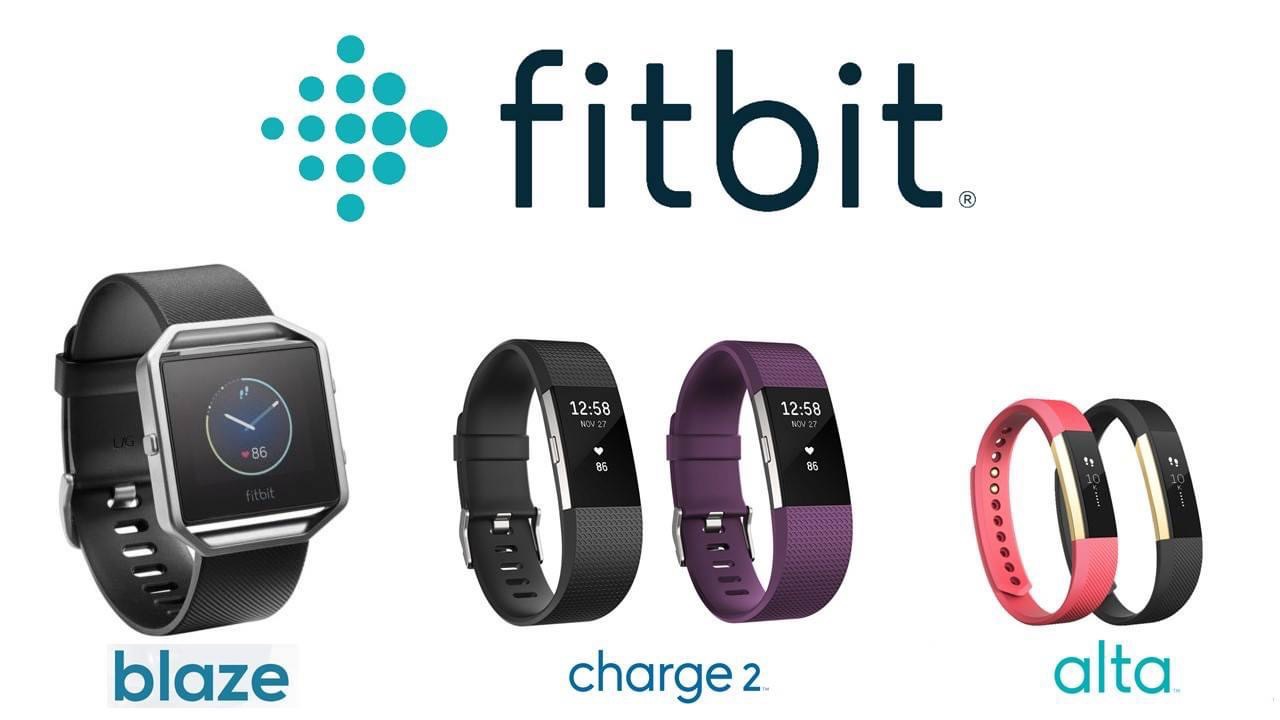
The Fitbit Effect refers to the phenomenon of how a single tiny device, such as a Fitbit, can significantly impact and enhance an individual’s fitness goals and overall well-being.
Fitbit is a popular brand of wearable fitness trackers that monitor various aspects of a person’s physical activity and health, such as steps taken, distance traveled, calories burned, heart rate, sleep patterns, and more.
The Fitbit Effect is derived from several factors:
- Awareness: Fitbit and similar fitness trackers provide users with real-time data about their activity levels. This awareness helps individuals understand their daily habits and encourages them to make healthier choices. By knowing their progress and setting achievable goals, users are more motivated to stay on track and push themselves further.
- Accountability: Fitbit fosters a sense of accountability. Wearers can monitor their progress over time, track their fitness milestones, and compete with friends or family, fostering a spirit of healthy competition and support. This accountability can be a powerful incentive to remain consistent in pursuing fitness goals.
- Goal Setting: Fitbit allows users to set personalized fitness goals and receive notifications when they achieve them. The ability to set specific targets, such as a daily step count or weekly exercise minutes, helps individuals break down their fitness journey into manageable steps, making it easier to stay focused and committed.
- Data-Driven Decision Making: Fitbit collects data on various health metrics, providing valuable insights into a person’s overall health and fitness patterns. By analyzing this data, users can identify areas where they need improvement and make informed decisions to optimize their workouts, nutrition, and recovery.
- Social Connectivity: Fitbit devices often come with social features, allowing users to connect with friends and family who also use the platform. Engaging in friendly competitions or sharing achievements creates a supportive community, making fitness more enjoyable and sustainable.
- Positive Reinforcement: Fitbit uses gamification elements like badges, rewards, and congratulatory messages for achieving milestones, which reinforces positive behaviors and encourages users to continue their fitness journey.
- Integration with Other Apps: Fitbit integrates with various health and fitness apps, allowing users to combine data from different sources, such as nutrition trackers and workout apps, for a more comprehensive view of their well-being.
Overall, the Fitbit Effect is a result of combining technology, behavioral psychology, and social support to help individuals stay motivated, engaged, and accountable in their pursuit of better health and fitness. By harnessing the power of these tiny devices, people can make lasting lifestyle changes that lead to improved physical fitness and overall well-being.








